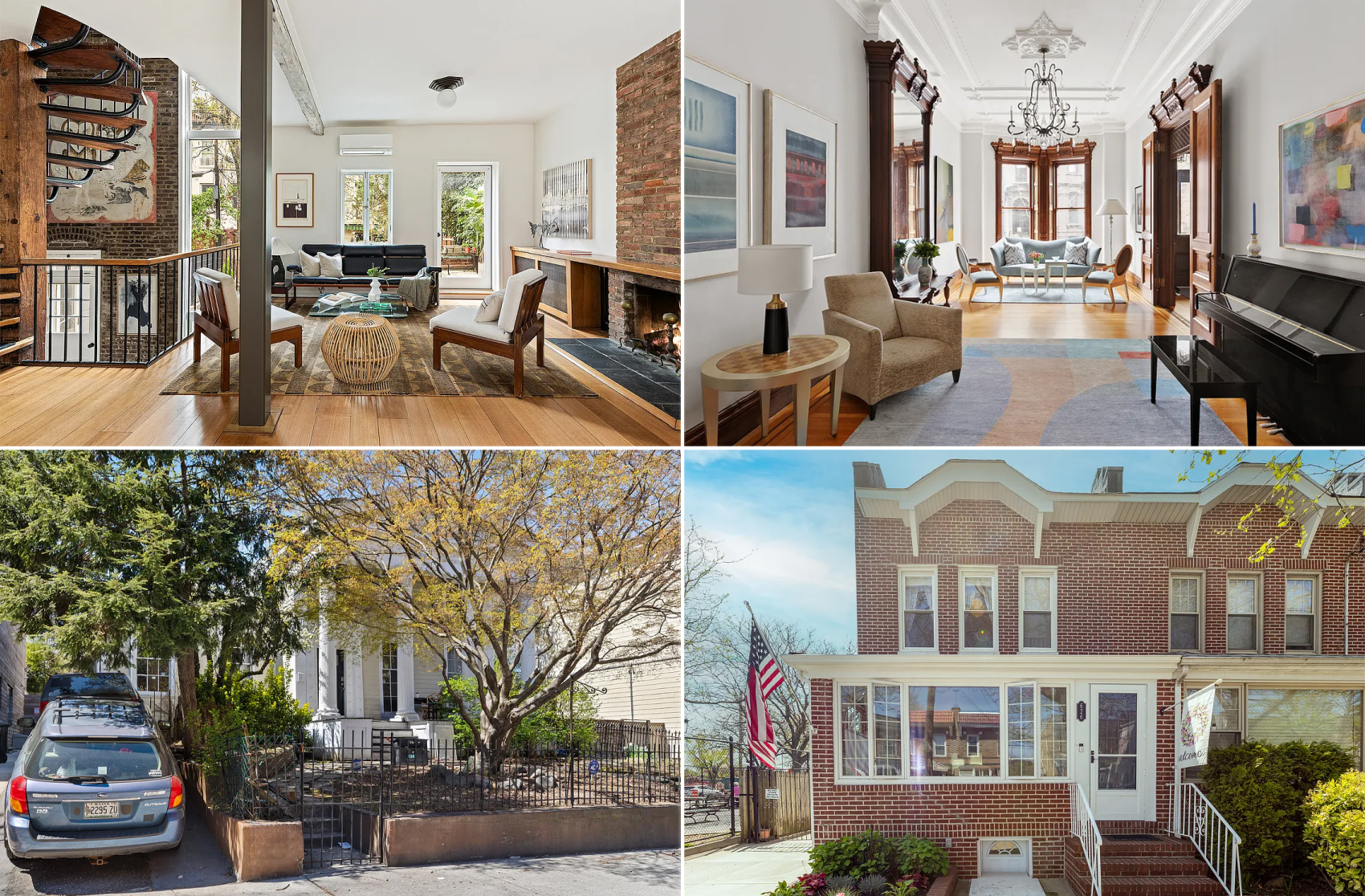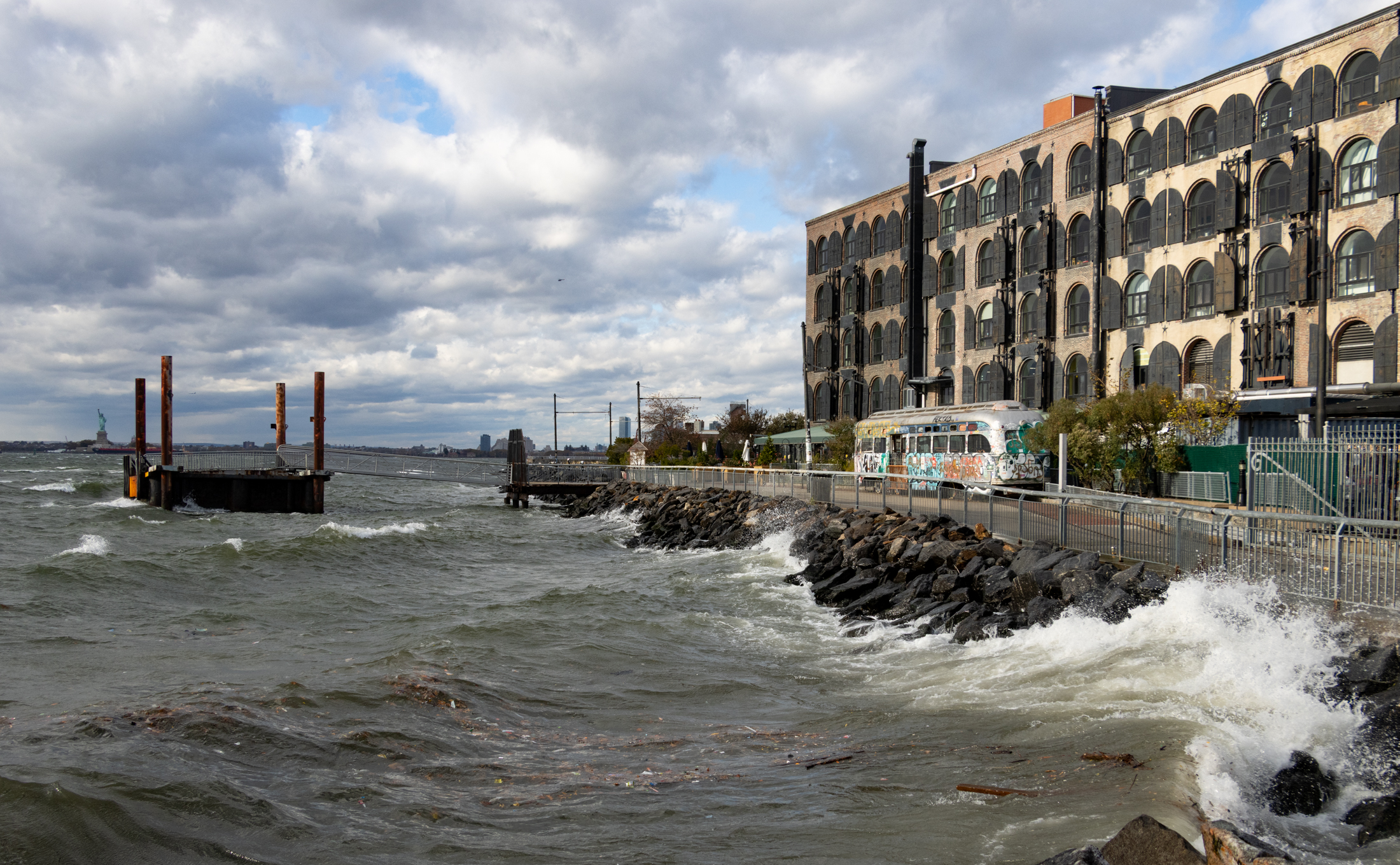Walkabout with Montrose: Standing at the Door
Since the day man figured out how to roll a stone in front of his cave from the inside, we’ve had doors. Doors are security, doors are defensible. A doorway is the passageway from the outside into someone’s home, someone’s business, someone’s house of worship. In obvious, practical terms, it’s how you enter the building….

 Since the day man figured out how to roll a stone in front of his cave from the inside, we’ve had doors. Doors are security, doors are defensible.
Since the day man figured out how to roll a stone in front of his cave from the inside, we’ve had doors. Doors are security, doors are defensible.
A doorway is the passageway from the outside into someone’s home, someone’s business, someone’s house of worship. In obvious, practical terms, it’s how you enter the building.
But let’s go psychological and metaphorical here for a moment. A door is also your first impression as to the interior of the building.
How that door looks, what it’s made of, the color, and the size, the hardware, the entire entranceway, all these elements also provide our subconscious with clues as to what the builder or owner would like you to think about them.
Are you meant to be impressed with wealth, status, piety, thrift, cleanliness, security, or conversely, a lessening of circumstance, sloth, carelessness, or worst, a lack of taste?
We speak of a doorway between life and death, the door to your heart. So, what does that door look like?
The photo essay today depicts some of the thousands of late 19th and early 20th century doors in Brooklyn.
Most are from row houses, some from churches, banks, apartment buildings, private houses and the final doors for some well-heeled people the mausoleum doors in Green-Wood Cemetery.
Some doors feature gorgeous hardware that costs a fortune to replicate today, some of it goes unrestored and unnoticed by their owners and tenants. Some have ornate glass or impressive ironwork, or fantastically detailed wood carvings.
Some doors are just massive, some hardly even noticeable in their elaborate framing. Some are classic, tall Victorian doors that instantly evoke a period feeling, others were deliberately designed to recall a far more distant time and place.

Like the other detailing and ornament in Brownstone Brooklyn, doors are beautiful examples of the philosophy and mindset of a society that valued beauty along with practicality. There are no Home Depot doors here – take a look.
Of course, every door doesn’t really always mean something, and every door does not mirror the circumstances of the inhabitants, especially today.
Sometimes you just take what’s given, and whether or not that door keeps intruders out becomes much more important than trumpeting one’s social status.

My horrible replacement, no style, heavy wooden door was put in place when my block resembled the OK Corral, something it no longer does. I understand that, and am glad that while it’s here, it’s still protecting my property.
But the minute I can, that door is landfill, and a more period appropriate door is going in, and the original dimensions of the doorway are going to be put back. I can’t wait.
I think my house will be happy, too. Like the architect who designed the house, I would like my door to say something more positive about me.


[Photos by Suzanne Spellen]





Bxgrl;
WOW!!!
OK, I’ll make it up to all. I’m offering to install Fiberama awnings on your place, free of charge.
Montrosse, have you done an essay on stoops yet? Lets have a stoop tour of inner Brooklyn. Doubles, singles, doglegged, wooden, tall, short, etc.
benson- as usual you take words and twist the intent and meaning and make the discussion totally into something else. I’m not going to engage you in this except to tell you i think your comment about taking a cheap shot applies much more to you than to MM. And we were not discussing the socio-economic problems of the day but the aesthetics of architecture.
Folks;
You point out that “back in the days” even the front doors of tenements were grand affairs. Need I remind you that the workers who BUILT those doors LIVED in those tenements???? For guys who had to live in a 6-story walk-up tenement, with a shared bathroom, no hot water and no bath, who worked for a pittance of a wage in dangerous conditions, with no workmen’s comp., no unemployment insurance, no health insurance and paid vacation, the wonder of looking at those beautiful doors must have faded fast. I guess we should thank the builders of these tenements for this small favor to their workers.
The economics of construction has changed since the Victorian days. Guys who work in construction want to make a decent living. Resources that were once plentiful and cheap in this country are no longer that.
I still maintain that it was a cheap shot to compare these doors to those at Home Depot. I don’t think folks of wealth shop at Home Depot. Why not compare these Victorian doors to those built for today’s wealth (say, the townhomes that were built on State Street).
bxgrl, good point.
biff- we don’t even have the number of craftsmen who used to do this kind of work. Mass production killed so many skills, and we’ve lost a vast store of knowledge and experience. That’s why a good craftsman today is worth so much- but when they were making doors like these, they were the rule, not the exception.
I meant to say, “perhaps in a “they sure don’t make ’em like that ANYMORE” kind of way”.
Regardless, bxgrl, what you say is true. Home Depot obviously serves a huge market and I think the store’s name has simply come to represent a symbol of the differences between how most development is done these days versus the past. Let’s face it, they really don’t build anything like they used to unless one wants to pay an arm and a leg for the highest quality materials. And most people can’t afford to do that, especially these days. It sounds like Home Depot is to blame for it all, but really, just who is building the Taj Mahals, the Angor Wats, and even the mid-nineteenth century quality brownstones anymore?
arkady- love your book. Have you even been to Tinsel Trading in Manhattan for trim?
Well said, bxgrl!